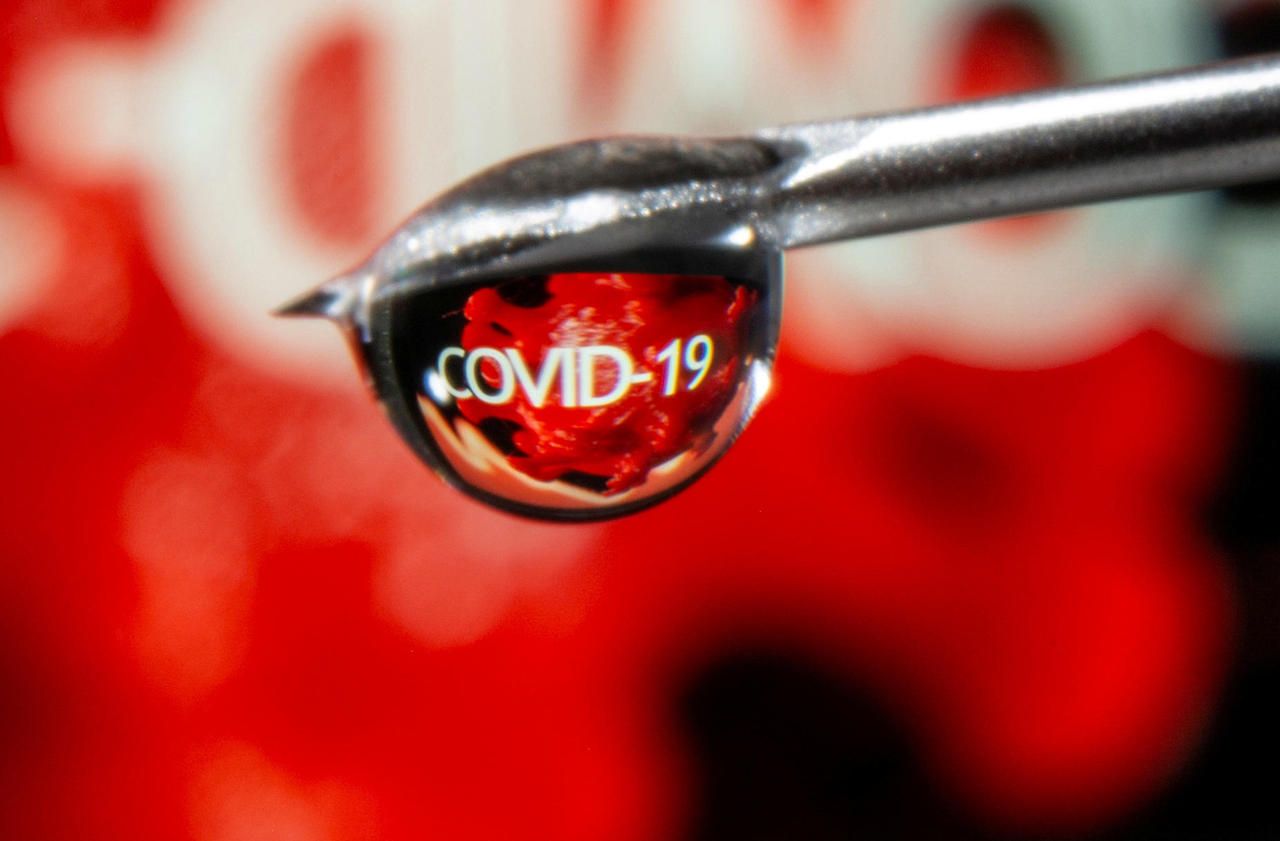The reopening of shops, borders, bars and restaurants, stadiums, cinemas and theaters… In short, restoring our former life may only be based on a formula never used before.
This is the bet and the hope of the American group Moderna, which announced on Monday the spectacular results of its messenger RNA vaccine.
This type of injection, similar to the one tested by the Pfizer and BioNTech duo, is based on unprecedented technological innovation and poses a number of logistical challenges.
READ ALSO>
Pfizer Covid Vaccine: "It's a hell of a lot of good news, finally!
"
Other laboratories, including part of the leading peloton in the global serum race, preferred to use more traditional methods, which must now prove their worth against Covid-19.
The "inactivated" virus vaccine
Four of the eleven treatments in the third phase of testing, the large-scale phase which precedes a marketing application, work on this model.
The teams are working on traditional types of vaccines which use a "killed" virus: these are the "inactivated" vaccines, such as those from the Chinese Sinovac and Sinopharm.
Concretely, the virus is isolated and then inactivated by means of chemical treatment.
In some cases, the virus is only attenuated, for example against measles and yellow fever.
It is then injected into the body with the aim of triggering the immune defense system and producing specific antibodies.
In addition, adjuvants are added to the manufacture of the vaccine to stimulate the immune response.
READ ALSO>
"I prefer to wait": why some pro-vaccines apprehend the one against Covid-19
These vaccines have the quality of eliciting a strong immune response.
But they are often long to manufacture.
They also sometimes fuel the fear that the virus will reactivate, to the point, potentially, of becoming dangerous for the patient.
Especially if it is exposed to the virus again.
The so-called "subunit" vaccine
This type of vaccine is made from proteins (antigens) that trigger an immune response, without viruses.
Only one treatment currently in the third test phase is based on this process.
This is an achievement of the American company Novavax, which is also working on a new vaccine against influenza.
In fact, the goal is to isolate the famous "spikes" lodged on the surface of the coronavirus.
It is these viral proteins that allow the virus to infect surrounding cells.
The idea is to manufacture them in the laboratory, on their own, and to inject them in order to prepare antibodies to these molecules.
In short, the body learns to counter these hotspots rather than the virus itself.
Newsletter - Most of the news
Every morning, the news seen by Le Parisien
I'm registering
Your email address is collected by Le Parisien to enable you to receive our news and commercial offers.
Learn more
The advantage of this technique applied against hepatitis B or the papillomavirus is that it is harmless to the body.
Its production is faster than the traditional vaccine, but its effectiveness is more often questioned.
DNA and "messenger RNA" vaccines
This time, the idea is to push the body to produce the molecules that are normally injected into it.
Through the vaccine, the idea is to introduce DNA fragments capable of transforming cells into veritable protein factories or "antigens", the famous spikes, thanks to the genetic instructions they contain.
These spikes, harmless in themselves, will be released by the cells, which should push the body to produce antibodies.
These antibodies will stay on guard for, hopefully, a long time.
At no time is the SARS-CoV-2 virus, even inactivated, injected, and RNA cannot integrate into our genome.
VIDEO. "The vaccine alone will not end the pandemic," warns WHO
First advantage of this method: no need to cultivate pathogen in the laboratory.
The body does the work on its own.
It is for this reason that these vaccines are faster to develop.
No wonder, then, that this is the technique chosen by Moderna and the Pfizer-BioNTech duo, each of which has revealed encouraging initial results.
At present, however, no DNA or RNA vaccine has been approved for humans.
Another drawback: the vaccine, wrapped in a protective lipid capsule, must be stored at very low temperature, because the RNA is fragile.
Pfizer's requires storage at -70 ° C, while Moderna's must be stored at -20 ° C from the factory to pharmacies, before it can be refrigerated.
Viral vector vaccines
As with RNA vaccines, the idea is to introduce strands of genetic instructions that can make the body produce viral proteins.
But this time the sequence is conveyed by means of a modified virus.
The objective is to take as support another virus that is transformed and adapted to transport the code instructions of the famous "spikes".
This is notably the technique chosen by the University of Oxford and the Russians, which use adenoviruses (a family of very common viruses).
In addition to conservation which is again perilous, the question this time is that of the possible interactions between the coronavirus and the virus used. A problem that is all the more complicated to manage as the behavior of the coronavirus, over the long term, is still unknown.

